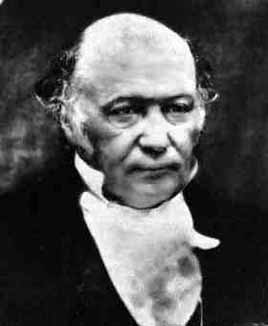Physics Notes - Herong's Tutorial Notes - v3.25, by Herong Yang
What Is Hamiltonian
This section provides a quick introduction to the Hamiltonian, which is a derived property of a mechanical system defined as the total energy, the sum of kinetic energy and potential energy of the system.
What Is Hamiltonian? Hamiltonian, H, is a derived property of a a mechanical system defined as the total energy, or the sum of kinetic energy and potential energy, of the system:
H = T + V (H.1) # H is the total energy # T is the kinetic energy # V is the potential energy
When a mechanical system changes over time, t, the value of Hamiltonian may change too. The kinetic energy, the potential energy and Hamiltonian of the system can be viewed as functions of t. So Hamiltonian can also be expressed as:
H(t) = T(t) + V(t) (H.1)
Based on the law of conservation of energy, the Hamiltonian should be a constant for an isolated conservative system. In other words, the derivative of Hamiltonian against time is zero.
T(t) + V(t) = constant H(t) = constant (H.2) or: dH/dt = 0 (H.3) dT/dt + dV/dt = 0 dT/dt = -dV/dt
Hamiltonian was introduced by Sir William Rowan Hamilton (1805-1865), an Irish mathematician.

Hamiltonian for a Single Object
For a single object, the kinetic energy, T, can be expressed as:
T = 0.5*m*v*v # m is the mass of the object # v is the velocity of the object
So applying the Law of Conservation of Energy on the Hamiltonian, we get:
H = constant
T + V = constant (H.2)
or:
dT/dt = -dV/dt (H.3)
or:
d(0.5*m*v*v)/dt = -dV/dt
# kinetic energy is applied.
or:
m*v*dv/dt = -dV/dt
m*v*a = -dV/dt
Table of Contents
Introduction of Frame of Reference
Introduction of Special Relativity
Time Dilation in Special Relativity
Length Contraction in Special Relativity
The Relativity of Simultaneity
Minkowski Spacetime and Diagrams
Hamiltonian on Free Fall Motion
Hamiltonian on Simple Harmonic Motion
Hamiltonian on Simple Pendulum Motion
Relation of Momentum and Hamiltonian
Hamiltonian in Cartesian Coordinates
Relation of Momentum and Potential Energy
Hamilton Equations in Cartesian Coordinates
Introduction of Generalized Coordinates